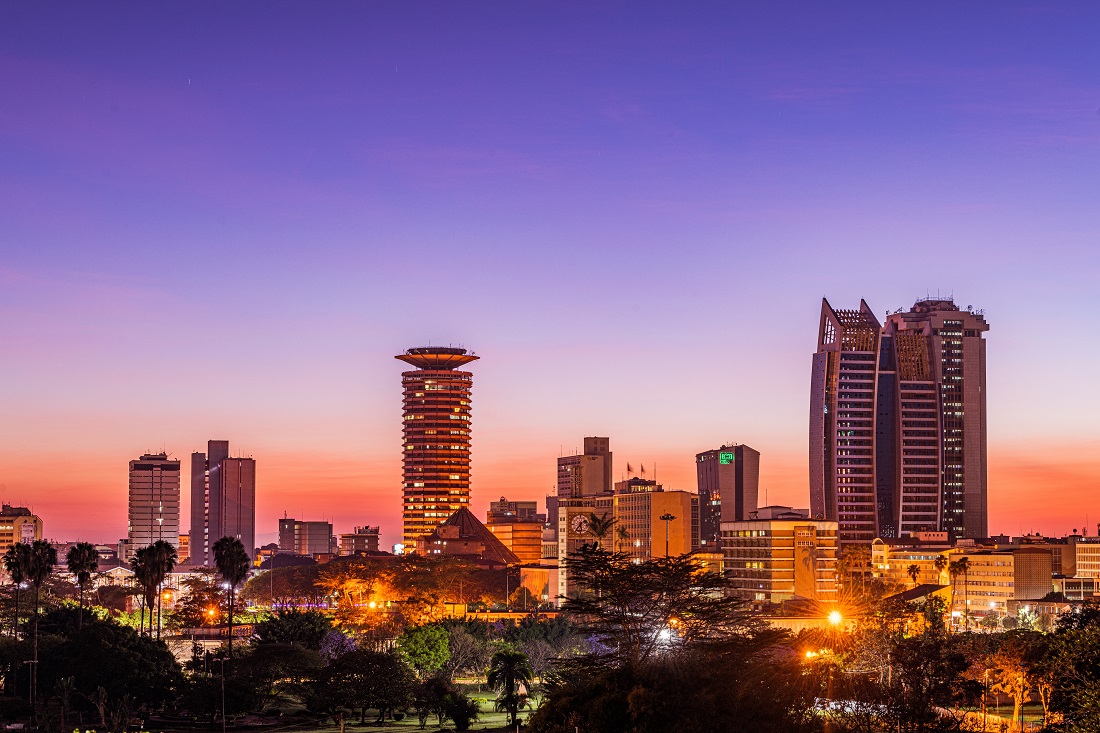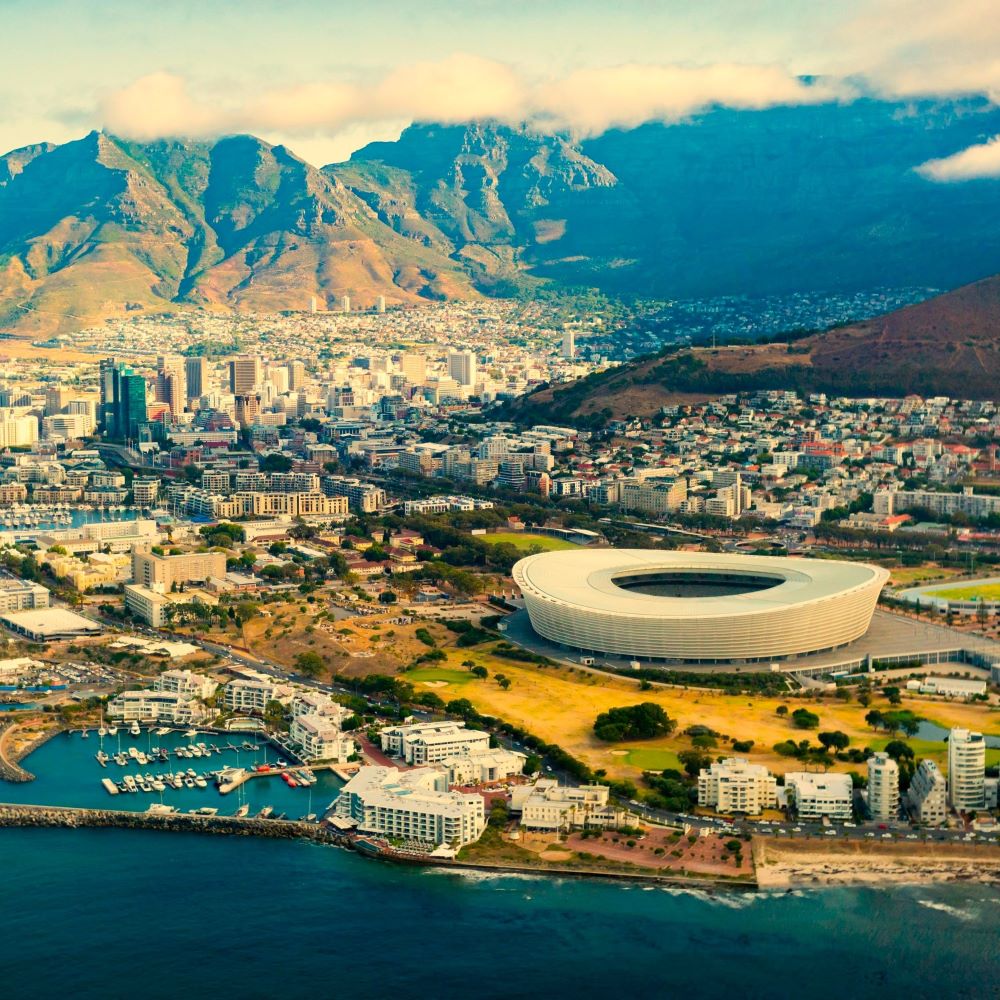Africa stands at a defining crossroads in its energy transition. On one side lies a growing population, rising urbanisation, and an insatiable demand for reliable power. On the other hand, a persistent energy deficit, where over 600 million people remain without access to electricity. Bridging this infrastructure gap will be about unlocking inclusive, sustainable economic growth. But with constrained public budgets and risk-averse private capital, who will finance Africa’s energy future? Increasingly, the answer largely lies in the strategic involvement of Multilateral Development Banks (MDBs) and Development Finance Institutions (DFIs).
The Persistent Investment Deficit
According to the International Energy Agency, Africa needs over USD 190 billion annually in clean energy investments to meet its climate and energy access goals by 2030. Current investment levels fall far short, hovering around USD 25 billion annually, underscoring a critical funding shortfall. Market uncertainties, currency volatility, and perceptions of political and regulatory risk deter private investors. The role of multilaterals and DFIs is, therefore, more catalytic than supplemental.
“The real question is not whether Africa is bankable, but whether the world is bold enough to invest in Africa’s future. Bridging the continent’s energy investment gap requires trust, innovation, and strategic partnerships. Consequently, the continent must put its best foot forward to ensure that it can position itself as a leading destination for energy investment capital flows,” emphasises Sonal Tejpar, Partner, Anjarwalla & Khanna (ALN firm in Kenya)
De-Risking and Blended Finance: Changing the Narrative
Blended finance models—layering concessional funds with commercial capital—have emerged as a key tool in closing Africa’s energy financing gap. Institutions like the African Development Bank (AfDB), International Finance Corporation (IFC), European Investment Bank (EIB), and the U.S. International Development Finance Corporation (DFC) are actively leveraging these models to support early-stage, high-impact projects.
Flagship initiatives include:
- AfDB’s Sustainable Energy Fund for Africa (SEFA) and Africa Renewable Energy Initiative (AREI) provide concessional finance and technical assistance.
- IFC’s Scaling Solar – which has lowered tariffs and reduced procurement risks in countries such as Zambia and Senegal.
- Mission 300 – a World Bank-AfDB partnership that aims to deliver 300 million new electricity connections by 2030.
These institutions also offer risk-mitigating tools such as long-term debt instruments, political risk insurance, and currency hedging mechanisms—all aligned with the lifecycle and complexity of energy infrastructure projects
Driving the Energy Transition
As global momentum builds around decarbonisation, Africa is being encouraged to leapfrog fossil fuels and embrace renewables. According to the United Nations Sustainable Development Group, Africa demonstrates strong leadership in using renewable energy, where 55.5 percent of its total final energy consumption comes from renewable sources.
“Africa continues to leapfrog other regions in its use of renewable energy. Various projects across the continent strongly indicate that Africa is redefining the global energy narrative. We are at a critical point where the region needs more capital that believes in this vision. This capital has the potential to provide access to reliable and affordable energy, providing families with more spending power, stimulating job creation and accelerating development,” says Salimatou Diallo, Managing Partner, ADNA (ALN firms in Algeria, Côte d’Ivoire, Guinea and Morocco)
Multilaterals and DFIs are central to this shift, creating an avenue for investors to channel resources towards utility-scale solar parks and off-grid mini-grids. These institutions are also facilitating an environment to support regional interconnectors; their portfolios are aligning with green energy and resilient infrastructure.
A key project in this case is the Desert to Power initiative, led by AfDB, which aims to transform the Sahel region into a renewable energy powerhouse, generating up to 10 GW of solar energy. Similarly, DFIs have backed geothermal, hydro, and wind projects in some of the countries leading Africa’s renewables race such as Kenya, Ethiopia, and South Africa.
Moreover, these institutions are investing in enabling infrastructure, including smart grids, battery storage and transmission lines, which are critical to integrating variable renewables into national grids.
Supporting Local Financial Ecosystems
Beyond megaprojects, DFIs are playing a key role in empowering local financial ecosystems. Through credit lines to local banks, partial risk guarantees, and equity stakes in renewable energy startups, DFIs are unlocking finance at the grassroots level where access to affordable energy offers a lifeline to isolated and vulnerable communities. Programs like GET FiT in Uganda and Zambia, supported by KfW and other European partners, have encouraged smaller Independent Power Producers to enter the market, thereby diversifying energy sources and developers.
“MDBs and DFIs are empowering Africa’s energy transformation not just through mega energy projects, but by nurturing local capital markets and homegrown developers. By tapping into these opportunities, their impact could have a broader reach, and that’s where the long-term energy security lies,” observes Simon Kampampa, Partner, Musa Dudhia & Co. (ALN firm in Zambia)
They are also key to building local capacity through technical assistance, governance reforms, and knowledge transfer, laying the foundation for sustainable, locally-driven energy markets.
More Than Just Capital
While multilaterals and DFIs are vital financiers, their influence goes beyond capital. They set environmental and social safeguards, promote transparency, and advocate for policy reforms that create enabling environments for investment. Their convening power brings together stakeholders from governments, the private sector, and civil society—building trust in project pipelines.
Still, to scale impact, these institutions should continue to innovate. This includes expanding guarantees to cover local currency risks, increasing equity financing, and accelerating digital energy solutions. They must also partner and work more closely with sovereign wealth funds, climate funds, and philanthropic capital to stretch their catalytic potential.
“The reality is that Africa needs the right partners to bridge the energy investment gap. Policy clarity, regulatory certainty, and stakeholder coordination are the building blocks shaping the continent’s energy future. Multilaterals are uniquely positioned to play their role as catalysts ready to drive this alignment,” notes Jean Eric-Sauzier, Partner, BLC Robert & Associates (ALN firm in Mauritius)
Powering Ahead
Africa’s energy future has three pillars: inclusion, innovation, and intentional investment. Multilaterals and DFIs are not just funders; they are architects of possibility. As the continent defines its energy destiny, these institutions must continue to shape and enable a future where clean, affordable energy powers a greener, more equitable, and more prosperous Africa.
A Call to Action at the Africa Energy Forum
This June, the Africa Energy Forum (AEF) in Cape Town offers a powerful platform to amplify Africa’s energy ambitions. Taking place from 17 to 20 June, the Forum will unite governments, investors, and industry leaders under a common agenda: to secure Africa’s energy future on its terms.
As South Africa chairs the G20 this year, AEF presents an ideal moment to convey a clear message from Africa to the world—one that calls for partnership, equity, and bold investment in the continent’s energy transformation.
AfDB | Energy Capital Power | International Energy Agency | Stockholm Environment Institute | United Nations Sustainable Development Group


